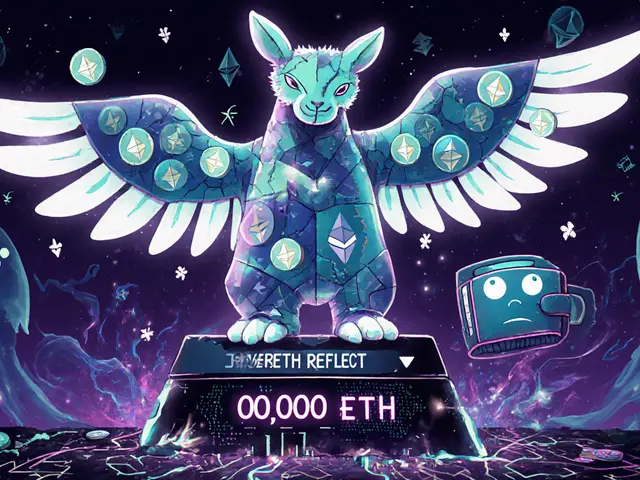Finance & Technology: How Blockchain Is Changing Money, Insurance, and Digital Systems
When we talk about Finance & Technology, the intersection of financial systems and digital innovation that’s rewriting how money moves and how risks are managed. Also known as fintech, it’s no longer just about apps and mobile payments—it’s about rebuilding core systems from the ground up. At the heart of this shift is blockchain insurance, a system that uses tamper-proof ledgers and automated contracts to handle claims without middlemen. Traditional insurance can take weeks to settle a claim. With blockchain insurance, that same process can finish in minutes because the rules are written directly into code. No paperwork. No calls. Just triggers—like a weather report or flight delay—that automatically pay out when conditions are met. This isn’t theory. Companies are already using it for crop failures, airline delays, and even cyberattacks.
What makes this powerful is how it ties into smart contract insurance, a type of agreement that runs on blockchain and executes itself when pre-set conditions are met. These contracts don’t need lawyers or adjusters. They run on code, which means fewer errors, less fraud, and lower costs. And because the data is public and unchangeable, everyone can verify what happened. That’s why decentralized insurance, a model where users pool funds and manage risk without a central company. is growing fast. People aren’t just buying policies—they’re becoming part of the system. Think of it like a community fund that pays out when someone needs it, but with transparent rules and zero corporate overhead.
This isn’t just about insurance. It’s about trust. In finance and technology, the biggest problem has always been who you can believe. Banks, insurers, and brokers have held power because they controlled the records. Now, blockchain flips that. The system itself becomes the authority. That’s why blockchain claims processing, the automated method of verifying and paying out claims using decentralized data. is one of the most practical applications today. It’s faster, cheaper, and harder to cheat. And as more industries adopt it—from healthcare to logistics—you’ll see this model become the new standard, not the exception.
What you’ll find in this collection isn’t hype. It’s real examples. Real tools. Real people using these systems today. Whether you’re trying to understand how a weather-based payout works or why fraud is dropping in decentralized insurance, the posts below break it down without jargon. No fluff. Just what works, what’s changing, and where it’s headed next.










